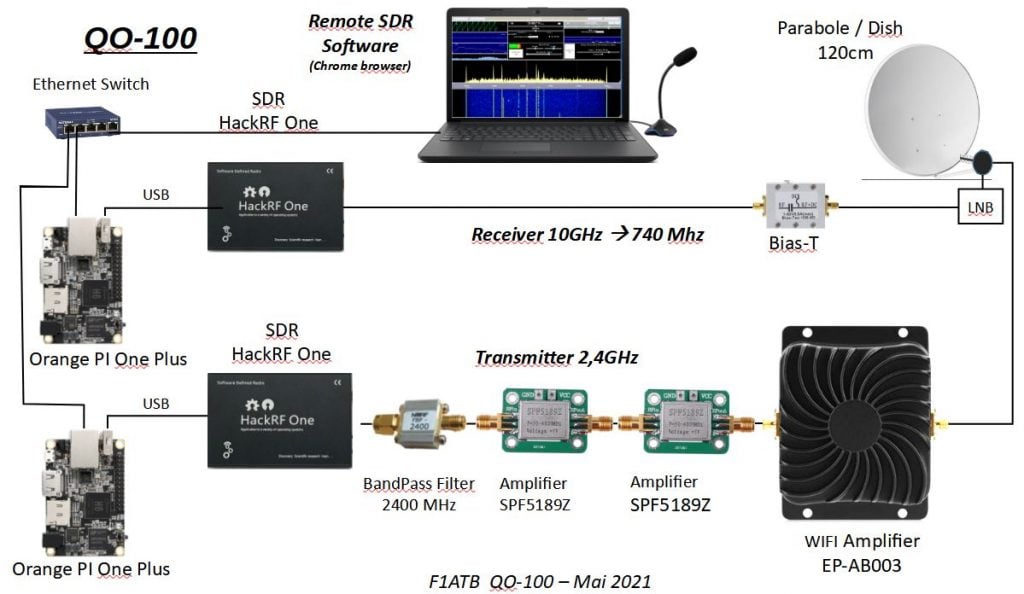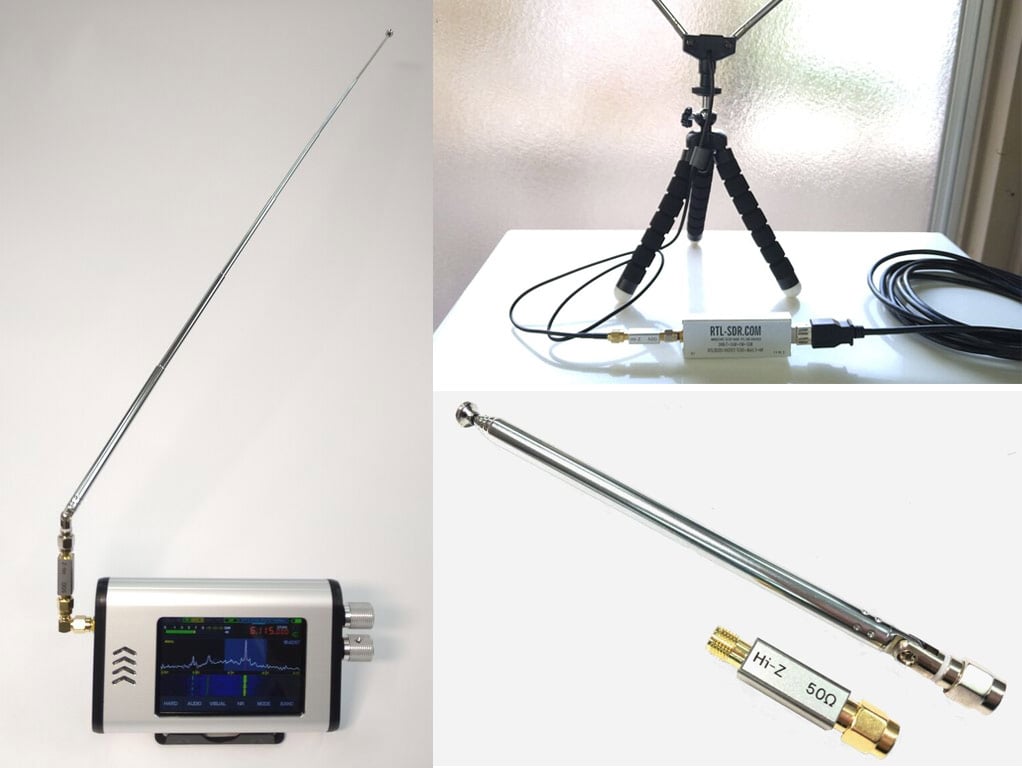Recently SDR-Boston hosted an online panel titled "Lessons Learned – Using SDR in the Classroom", and the video is now up on YouTube. A presentation was given by three panelists and moderator on the topic of how software defined radio has been used in University curriculum. Many of the courses make use of RTL-SDR dongles, as well as more advanced transmit capable SDRs.
Software-defined radio (SDR) technology is extensively being used across a wide range of research activities to help demonstrate feasibility of new algorithms and approaches that are rapidly defining the new current state-of-the-art in emerging wireless technologies (e.g., 5G/6G, drone networks) as well as providing new opportunities to explore the electromagentic (EM) spectrum world around us (e.g., radio astronomy, satellite communications, radar). Although SDR has become mainstream in research activities, it has not been widely used in the classroom environment to help students leap from theoretical concepts to practical hands-on learning.
The following presentations were given (more information available on the panel website):
1,024 ways to teach with SDR: Dr. Fraida Fund, New York University
Educators who are considering using software defined radio in the classroom face a dizzying array of choices, including hardware, software, and curriculum decisions. In this presentation, I will describe my experiences using software defined radio in different ways for a range of audiences, from high school to graduate school. I will share the decisions I made in designing each course or curriculum module, and the tradeoffs associated with those decisions.
Teaching SDR and DSP to Undergrads within CS: Dr. Marc Lichtman, University of Maryland
Dr. Lichtman will briefly discuss the course he designed and taught at The University of Maryland within the CS dept, introducing students in their senior year to SDR and DSP, as an elective. The first half of the course acts as a DSP and wireless comms primer, essentially condensing several courses that are normally taught at the graduate level within ECE, providing students with the necessary background by teaching DSP theory using diagrams, animations, practical demos, and code examples rather than a mathematically rigorous theoretical approach. The remainder of the course focuses on using SDRs to implement the DSP techniques they had learned. He has recently created a free online textbook based on his course, teaching SDR and DSP with Python, https://pysdr.org.
Teaching Introductory Communication Systems using SDR: Challenges, Benefits, and Lessons Learned: Dr. Cory J. Prust, Milwaukee School of Engineering
Exposure to software-defined radio (SDR) technology is a valuable experience for undergraduate electrical and computer engineering students. Decreasing hardware costs and easy-to-use software tools have made SDR experimentation readily available to the undergraduate laboratory setting. However, especially for students who are still learning the fundamentals of communication systems, laboratory exercises must be carefully designed to reinforce foundational concepts, meaningfully engage and motivate students, and be presented at an appropriate technical level. This presentation will describe the development and deployment of hands-on SDR-based laboratories used in an introductory communication systems course. Lessons learned from multiple offerings of the course will be discussed.
Hands-On Wireless Communications Education: It’s More Than I/Q Representation: Dr. Alexander M. Wyglinski, Worcester Polytechnic Institute
In most undergraduate and graduate courses focusing on digital communication systems engineering, the concept of representing all information in terms of in-phase (I) and quadrature (Q) comes up and becomes the foundation for many other concepts taught throughout the rest of the course. However, the treatment of I/Q tends to be over idealized and the real-world effects affecting this very important source of information is saved “for the next course”. With SDR technology, those real-world effects that are impacting the successful recovery of I/Q samples are experienced right away and the true challenges of digital communication systems engineering are experienced first hand. This introduction will provide some initial insight on the practical considerations when extracting I/Q samples from over-the-air and attempting to decode them for the purposes of recovering binary information.

